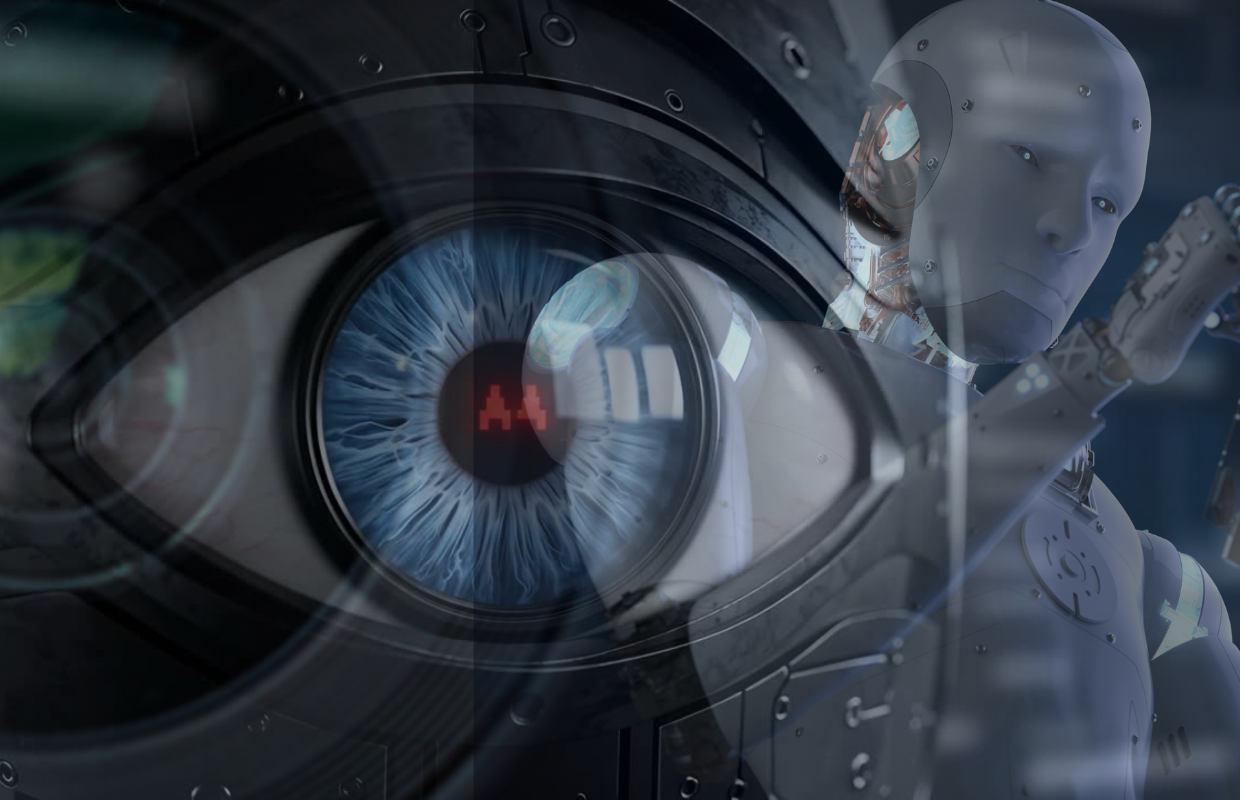•
October 2025
From Static Optics to Smart Vision: Choosing the Correct Machine Vision Lens for AI and Robotics
Modern vision systems mix AI, robotics, and automation. Your lens isn’t just about field of view anymore—it’s part of a moving, changing loop with working distance, lighting, motion, and model accuracy. Pick lenses as a systems choice: you’re buying optical quality, plus calibration stability, remote control, and room to grow.
Start with the System
Decide what the AI must do (detect, segment, gauge, estimate pose) and how the robot will use that output. Those choices set resolution, depth accuracy, and latency. Then, the map motion: camera, robot, and parts often move, changing distances, angles, and light. Your lens must withstand real-world variability, not just on a bench.
Lens Types, Simplified
- Fixed Focal Length: Best sharpness and low distortion. Add motorized focus/iris if distance varies.
- Varifocal: Easy to adjust FOV during setup or changeovers. Many aren’t parfocal—expect to refocus and recalibrate when you change focal length.
- Motorized lenses (focus/iris/zoom): Enable autofocus, exposure control, and remote tuning—ideal for hard to reach or mobile systems. Requires solid control integration.
Turn Requirements into Optics
- Focal length determines the field of view—choose it with robot geometry and standoff distances in mind.
- Aperture controls depth of field (DOF). Stopping down boosts DOF but can add diffraction. Aim for the lens MTF to stay strong at your sensor’s pixel frequency.
- Use strobes or brighter LEDs to support smaller apertures and fast shutters for motion freeze.
Sensor Match and Image Quality
Make sure the lens’s image circle covers the sensor. At your working f number, the lens should resolve at or above the sensor’s Nyquist. Smaller pixels need better glass; for tight tolerances, consider telecentric or premium macro options. Even if AI can learn to compensate for some distortion, accurate 3D measurements still benefit from low distortion and a reliable calibration process. Save intrinsics/extrinsics and lens state (focus/iris/zoom) so you can reproduce results.
When Precision Matters: Telecentric and Macro
Telecentric lenses maintain constant magnification across depth, making them ideal for calibration targets and precise gauging. They’re bigger and heavier, so check robot rigidity and balance. For small features (micro-solder, burrs), use macro lenses or microscope objectives and confirm the working distance and lighting clearance.
Make Motion Sharp: Focus, Exposure, Shutter
Drive autofocus via motorized focus (contrast/phase metrics), depth sensors, or pose based focus tables. Cache focus/iris/zoom per recipe to eliminate search time. Use AI-aware exposure—avoid clipping key highlights—and consider using HDR for scenes with shiny/dark areas. Prefer global shutters; if you must use rolling shutters, use slow motion and sync strobes tightly.
Light Is Part of the Lens Decision
If you need f/8–f/16 for DOF, plan enough light to keep exposures short. Use polarizers to reduce glare but be aware of potential light loss. Ensure the ring, darkfield, or coaxial lights physically fit around/through the lens without casting a tool shadow.
Built for Robots
Pick mounts (C/CS, F, M42/M58) that match sensor size and rigidity. Lock rings, set screws, and correct back focus shimming preserve stability. Heavy zooms/telecentrics may require slower moves or counterbalance. Use robot rated flexible cables and good strain relief. In addition, the use of Ruggedized Machine Vision Lenses are ideal for robotics, inspection and harsh environments. Their unique shock-resistant, anti-vibration design minimizes image aberrations.
Calibrate, Version, Maintain
At setup, collect calibration data across various distances, zoom levels, and poses; store lens states and temperatures. In production, run quick verification checks using fiducials and recalibrate when drift is detected. Keep imaging settings fixed for training or log them as metadata for future reference. Treat lens swaps or back focus changes like model upgrades—re test image quality and AI performance.
Plan for Tomorrow
Choose lenses with better MTF and larger image circles to support future sensor sizes. Standardizing lens mounts will make switching between lenses easier. Using motorized focus, iris, and zoom can reduce downtime in changing environments. Look for vendors that offer detailed MTF, distortion, and spectral data, so you can test and simulate performance before buying.
Conclusion
Advancements in lens technology are continually evolving, with innovations aimed at improving imaging capabilities. As artificial intelligence, machine learning, and robotics play increasingly significant roles across various industries, the demand for superior lens features remains crucial.
Computar Optics has effectively addressed the diverse and complex challenges of the Machine Vision market with our robust line of lenses, precision-engineered to meet the detailed requirements of your applications. Choosing Computar means selecting a partner who truly understands your needs and designs solutions around them. In addition to our standard line, we offer unparalleled flexibility in customization, allowing us to deliver the exact solution that perfectly fits your project. Talk to a Computar specialist to learn how we can assist you in selecting the ideal lens for your application.
Sources




